A new method for producing non-agricultural nutrition has been developed by Finnish researchers. All that is needed is electricity and carbon dioxide.

The researchers used single-cell organisms for the project at the Lappeenranta University of Technology (LUT) and VTT Technical Research Centre of Finland.
They developed a method that makes it possible to produce food with organisms that require only hydrogen, light from the sun and carbon dioxide from the air. The single-cell organisms can then be used to produce food for humans and animals.
At present, it takes two weeks to produce a single gram, but continued progress in the process would make it cheaper and faster according to the researchers. Who believe that in a couple of years, the process would be developed to the extent that it will become competitive on the market.
At the moment, the production equipment in the laboratory is the same size as coffee cups, but the goal is to scale them up, to be large as containers over the course of two to three years.
The researchers hope that the new method of nutrition can be used to combat famine and reduce the stress on nature. The latter is especially interesting since compared to agriculture, livestock production or fishing, the amount of actual land-area used for this type of production would be reduced considerably.
According to estimates by the researchers, the process of creating food from electricity can be nearly 10 times as energy-efficient as common photosynthesis, which is used for cultivation of soy and other products. And since all raw materials are taken out of the air, production is neither dependent on arable land or soil quality.
“Compared to traditional agriculture, the production method currently under development does not require a location with the conditions for agriculture, such as the right temperature, humidity or a certain soil type. This allows us to use a completely automatised process to produce the animal feed required in a shipping container facility built on the farm. The method requires no pest-control substances. Only the required amount of fertiliser-like nutrients is used in the closed process. This allows us to avoid any environmental impacts, such as runoffs into water systems or the formation of powerful greenhouse gases,”
“We are currently focusing on developing the technology: reactor concepts, technology, improving efficiency and controlling the process. Control of the process involves adjustment and modelling of renewable energy so as to enable the microbes to grow as well as possible. The idea is to develop the concept into a mass product, with a price that drops as the technology becomes more common. The schedule for commercialisation depends on the economy,”
– Professor Jero Ahola of LUT.
The study is part of the wide-ranging Neo-Carbon Energy research project carried out jointly by the LUT and VTT. The aim of the project is to develop an energy system that is completely renewable and emission-free. The Food from Electricity study is funded by the Academy of Finland and runs for four years.
Reference:
Lappeenranta University of Technology: Protein produced from electricity to alleviate world hunger


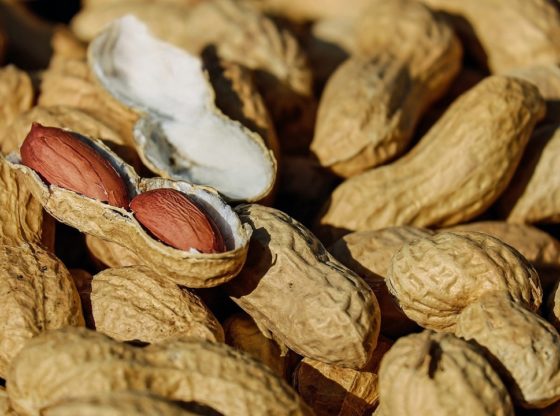
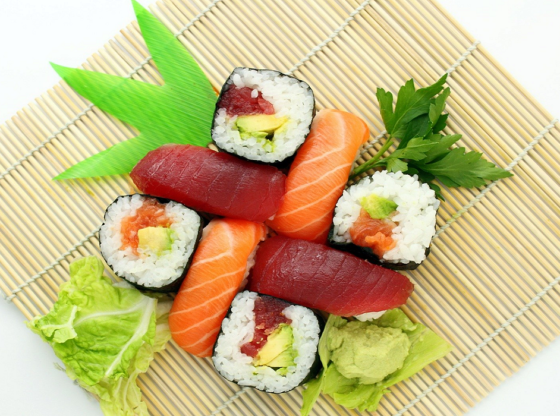

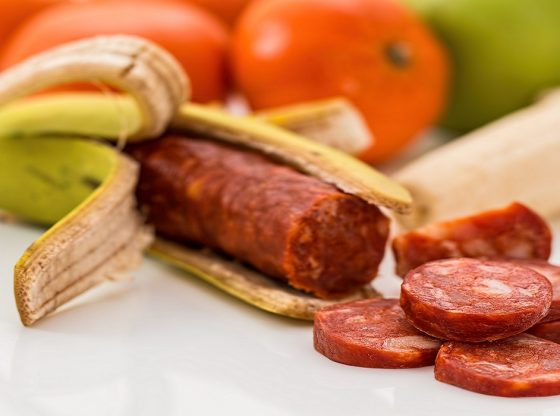

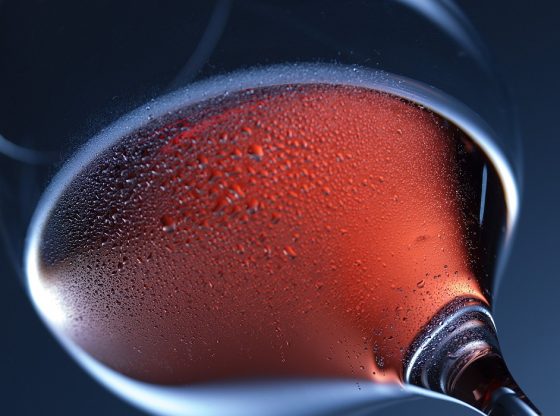

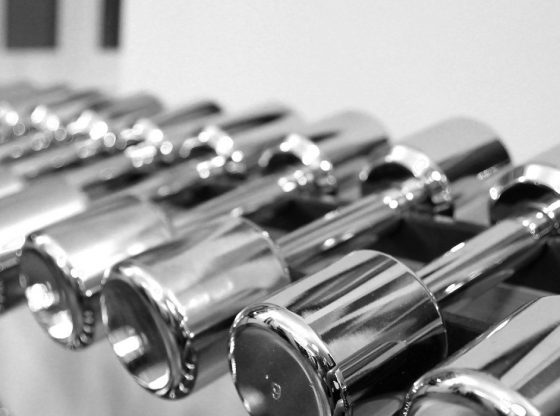

![OpenAI. (2025). ChatGPT [Large language model]. https://chatgpt.com](https://www.illustratedcuriosity.com/files/media/55136/b1b0b614-5b72-486c-901d-ff244549d67a-350x260.webp)
![OpenAI. (2025). ChatGPT [Large language model]. https://chatgpt.com](https://www.illustratedcuriosity.com/files/media/55124/79bc18fa-f616-4951-856f-cc724ad5d497-350x260.webp)
![OpenAI. (2025). ChatGPT [Large language model]. https://chatgpt.com](https://www.illustratedcuriosity.com/files/media/55099/2638a982-b4de-4913-8a1c-1479df352bf3-350x260.webp)








